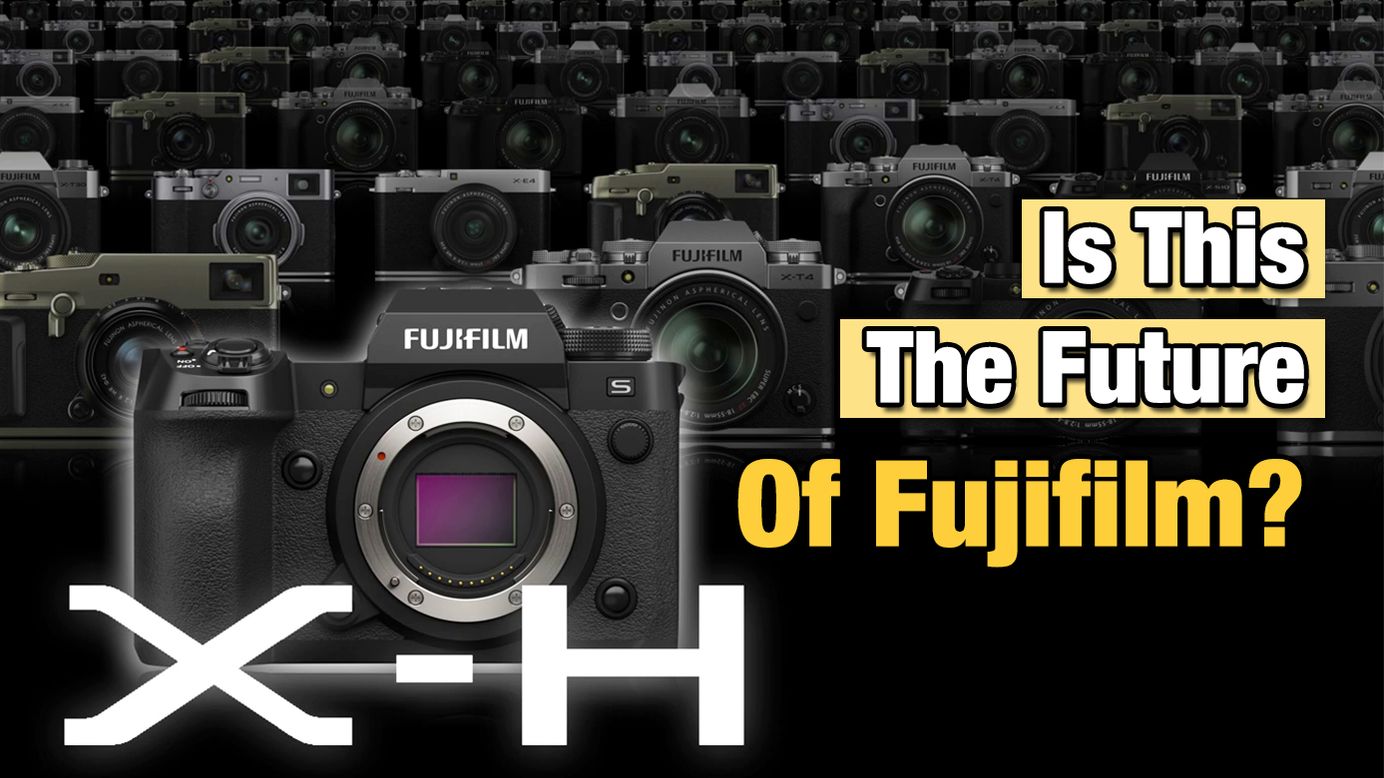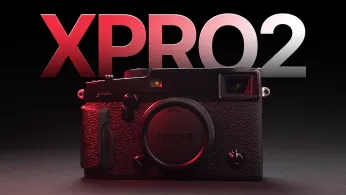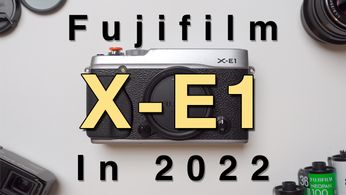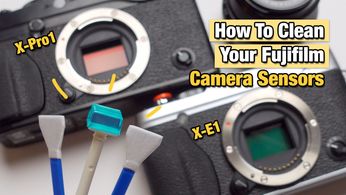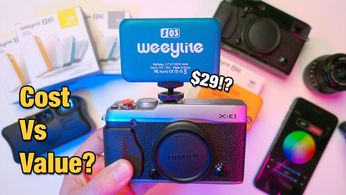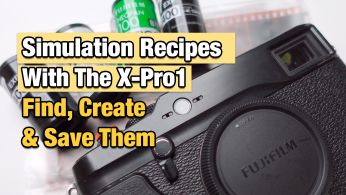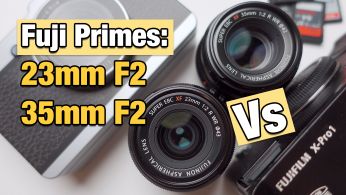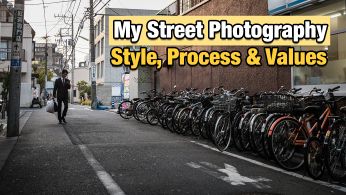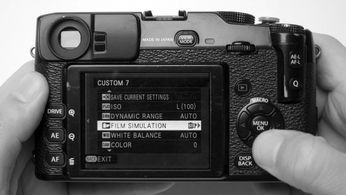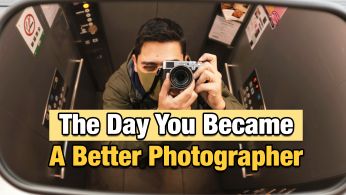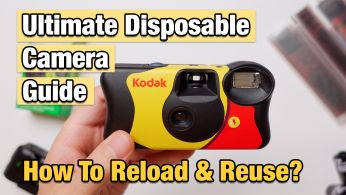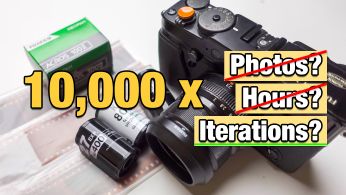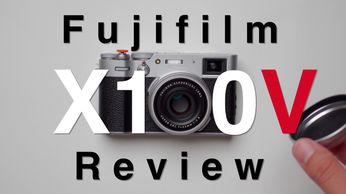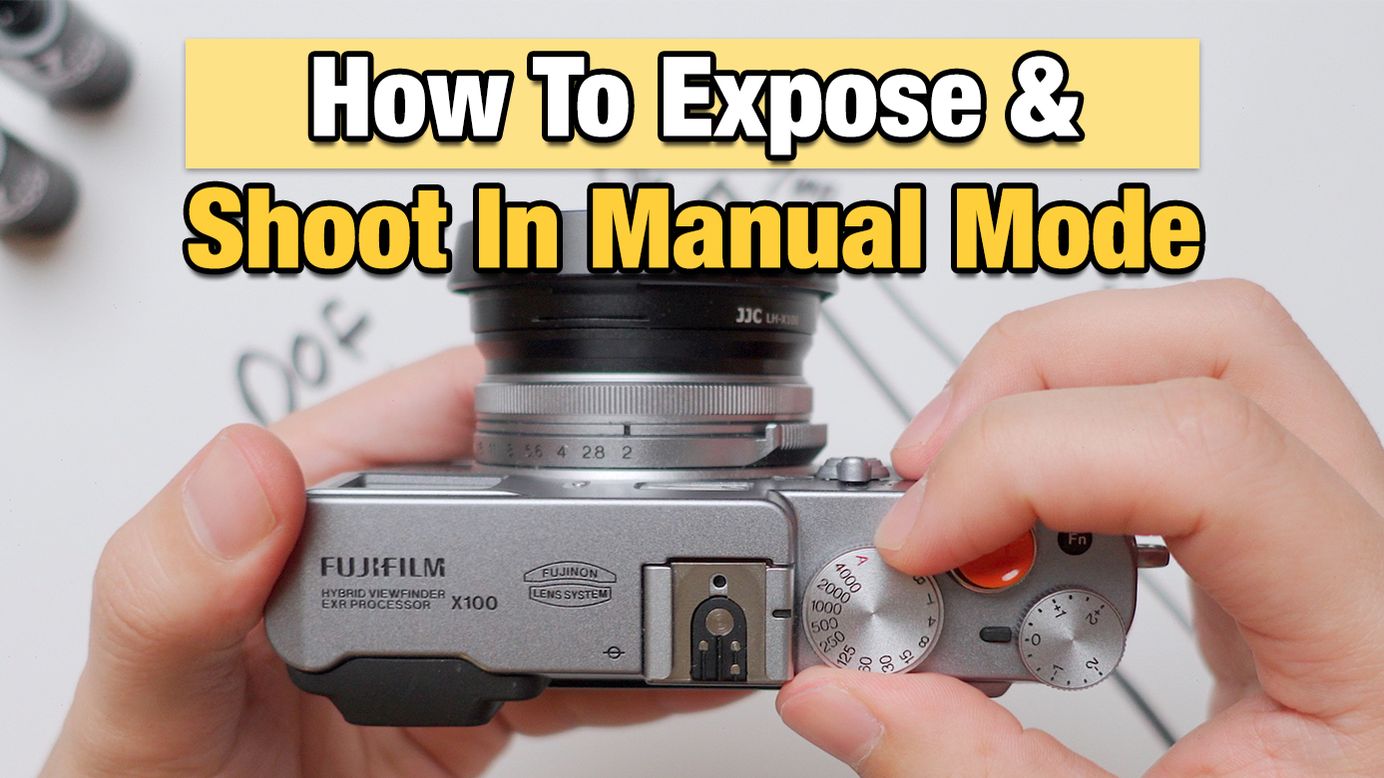
How To Expose & Shoot In Manual Mode
Manual mode forces you to learn.
Table of Contents
Some of my favourite photographs of all time look a little something like this:



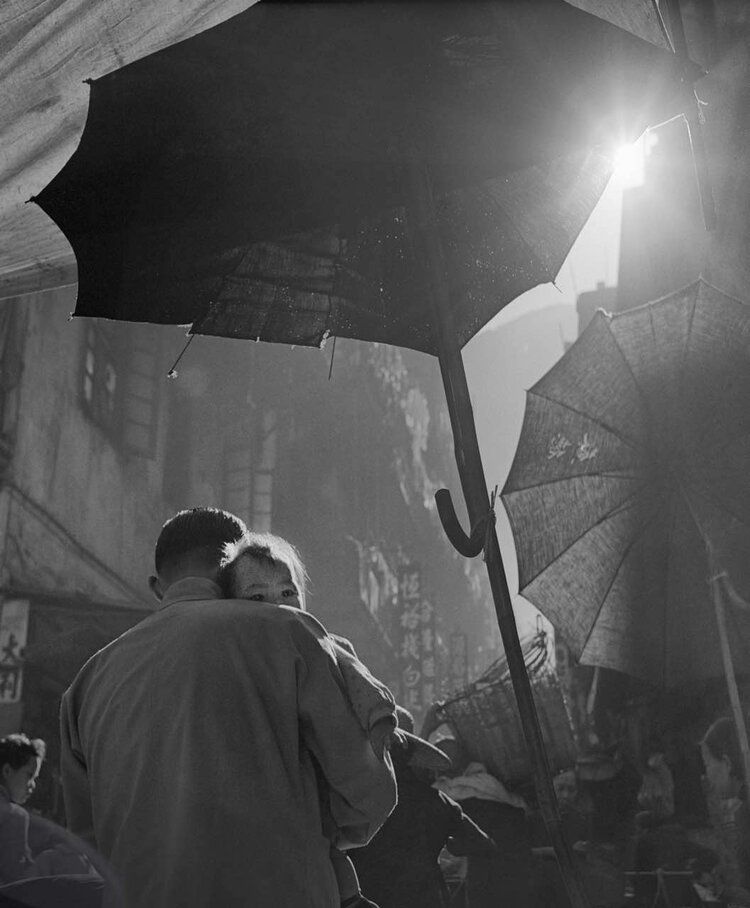
So I set out on a mission to learn it well and create my own style. I tend to expose for the highlights and embrace the darkness and shadows.
Knowing how to manually expose is the key to getting the results that you actually want from your camera. So if you're wondering how to get started with manual exposure, then this post is for you.
Today we'll be briefly discussing how to get started with manual exposure, understanding the exposure triangle, and reading the histogram as well, Let's get started.
Why Should You Expose Manually?
In the beginning, most people are trying to figure out and learn how to expose their shots. However, it's easy to get carried away with the technical aspects and start asking very general questions.
Questions like what metering mode is the best? or should I use shutter priority vs aperture priority? Are you relying on auto iso, and if so, what are your set minimum and maximum values? things like that.
And I really believe these are the wrong questions to be asking if you don't yet understand exposure, at least at the beginning. Therefore, the first step in getting better at photography is to learn how to expose properly & manually.
And If you use other methods, and those work for you, that's great, there's nothing wrong with that, but I personally don't like the camera thinking for me, hoping that it understands what I'm trying to achieve and hoping it nails exposure and captures the moment when it needs it to.
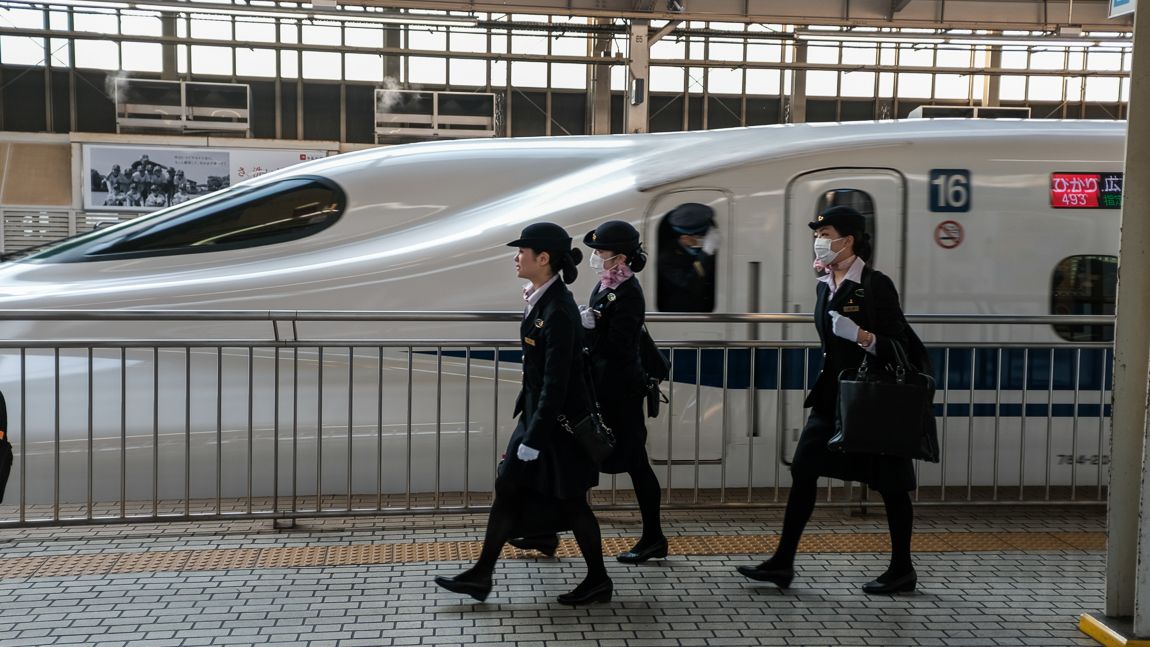
Waiting for hours at the train platform to try to get a photo like this, leaves no room to mess up the exposure and pray that the camera does a good job.
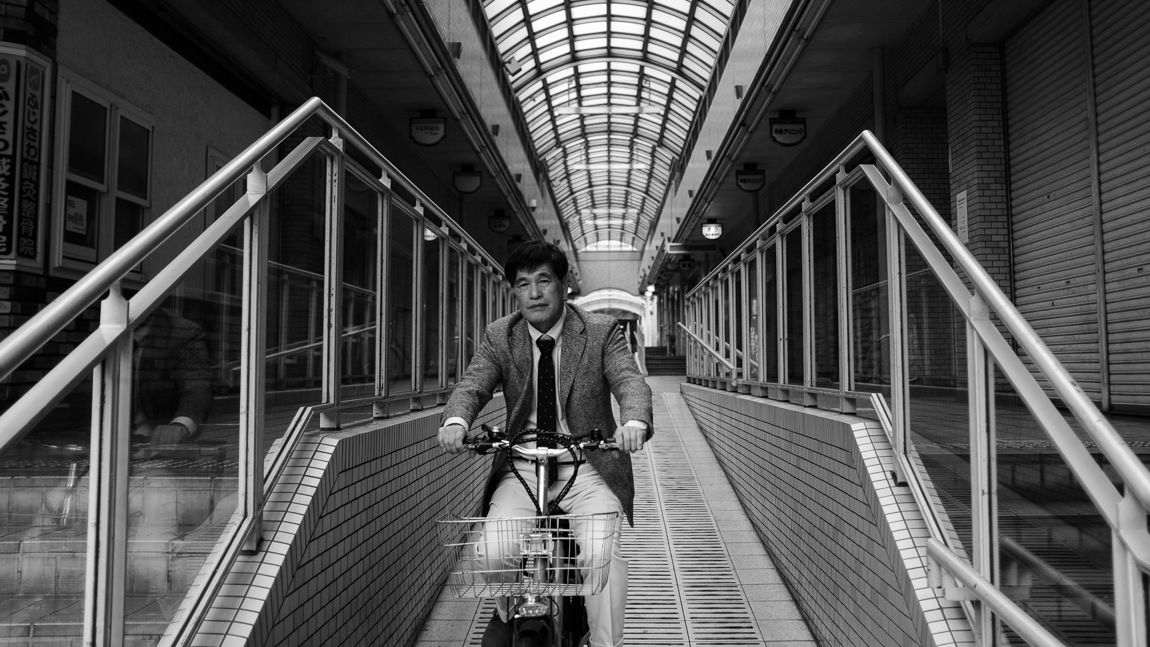
Or waiting hours for someone to walk into the frame and pray that the focusing system does what it's supposed to.
No, I rather take control. It makes me accountable for messing up the shots and missing focus, however, if you're a beginner it will accelerate your learning curve... significantly.
The Exposure Triangle
While you can learn by just going out there and trying to figure out manual mode as you go, it's a lot easier if you go over the basics and learn the exposure triangle.

The 3 main pillars of exposure are ISO, Shutter speed, & Aperture.
Each of these has a minimum and maximum value and I'll be referencing the values of the Fujifilm X100 as the base for this example. Check out this great article by B&HPhoto here:

Reading The Histogram
Another way to assess your exposure is by reading the Histogram, and with most cameras, you can enable this in the live view mode, or even the rangefinder-style viewfinder.

I always enable it when using the electronic viewfinder on the Fuji cameras, as it helps determine where are your shadows, highlights and overall exposure as well.
But I don't always just blindly follow the histogram, And sometimes I intentionally choose to go against it as well. But at the very least I understand the information that it's providing and then you can take action and manually adjust to the look and feel that you want.
Life After Manual Mode, What Happens Then?
After you've gone through the process of learning manual mode, the exposure triangle, the histogram, and you really understand it. Then you can play with the other settings that I mentioned at the beginning of this video.
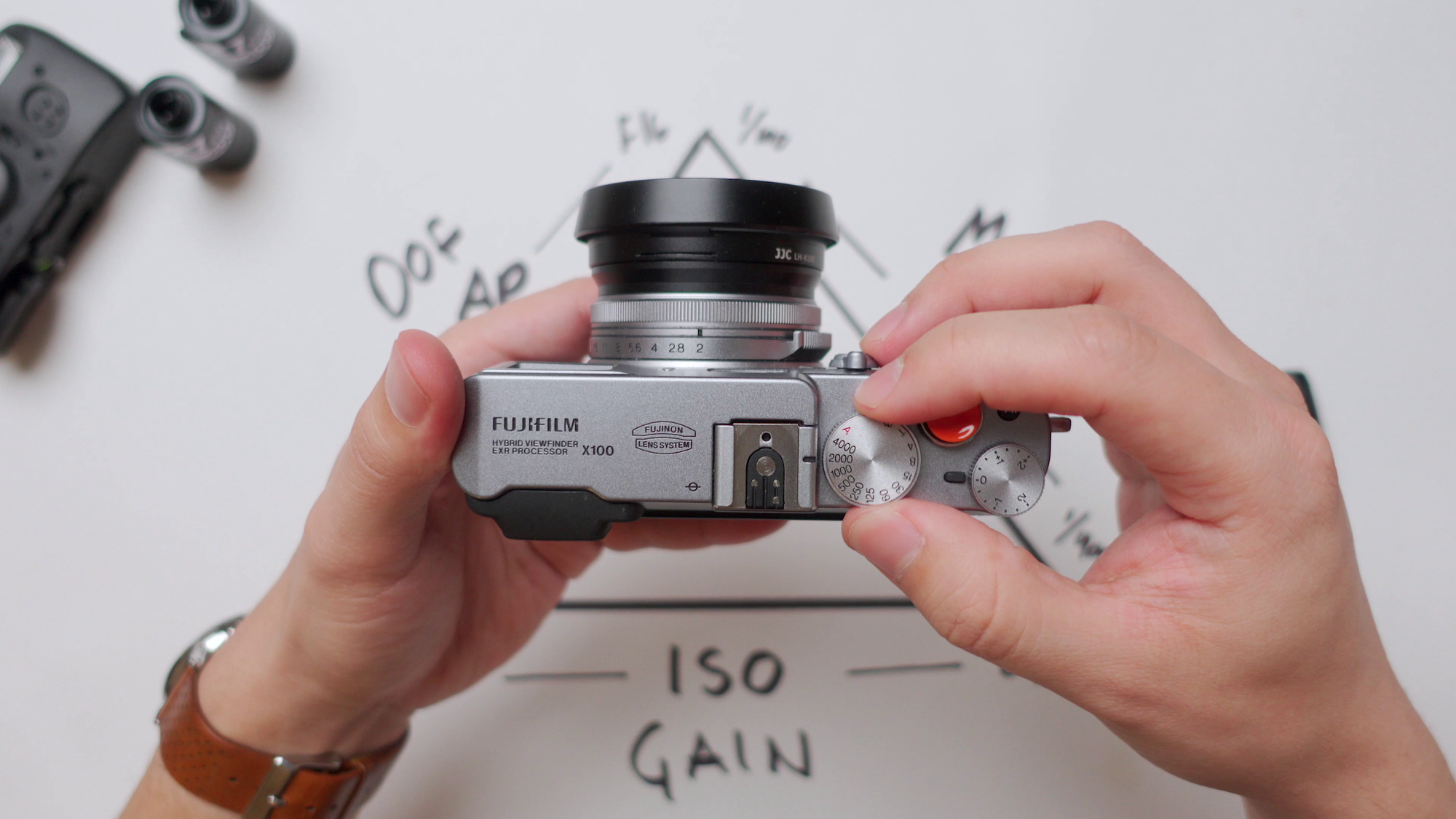
You can choose a preferred metering mode with a better understanding of what parts of the frame you use to expose your photos. You can use auto ISO if you want with a better understanding of what set values work best for you.
The point is, that now you understand the basics and know how to expose your photos and you can dedicate yourself to adjusting settings that make your life easier, and perhaps less tedious than shooting manual mode 100% of the time.
This is when you realize that shooting in a manual mode made you learn all the important aspects of exposure, and now you can just relax, bend the rules, and achieve whatever you want, in whatever mode you want.
YouTube Video
This is a brief summary of my YouTube Video, for the full piece check out the link here:




